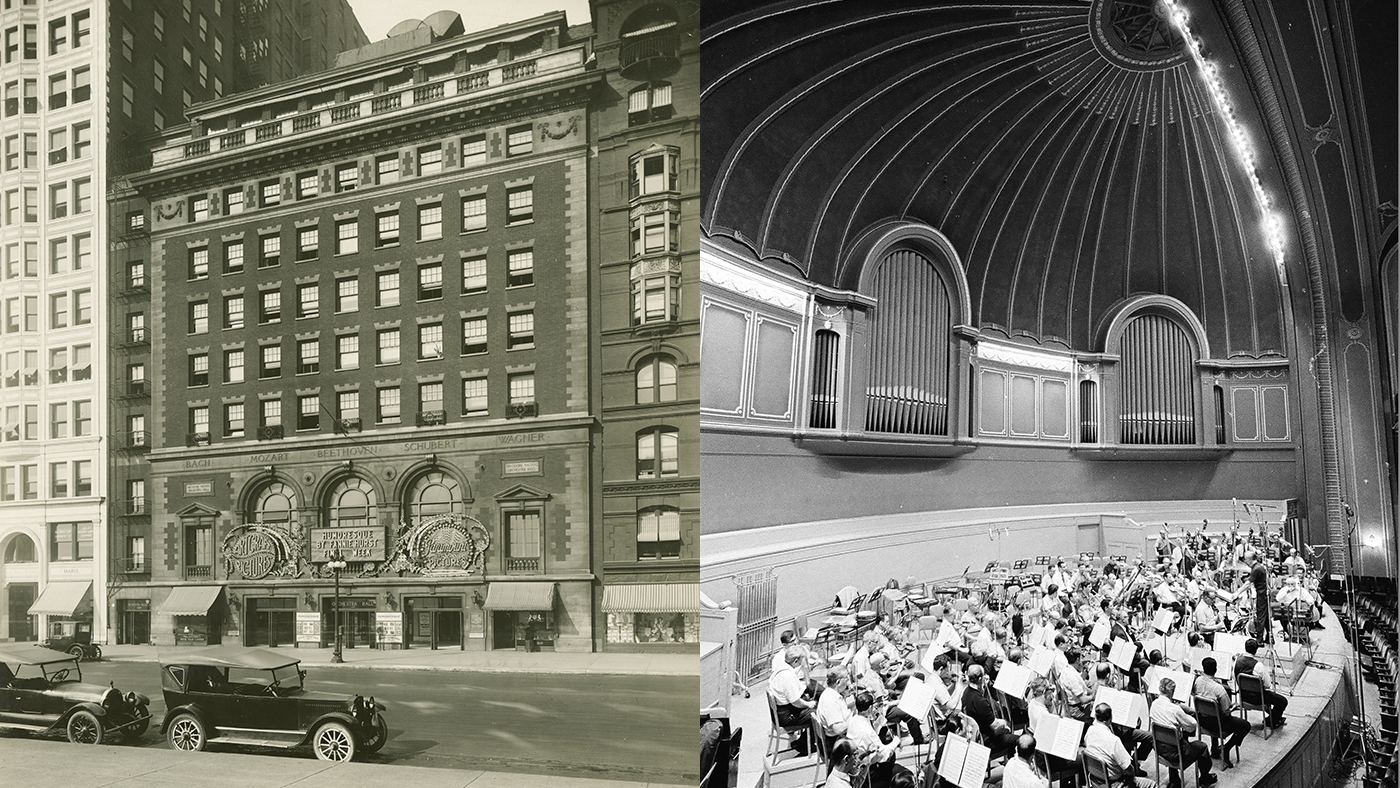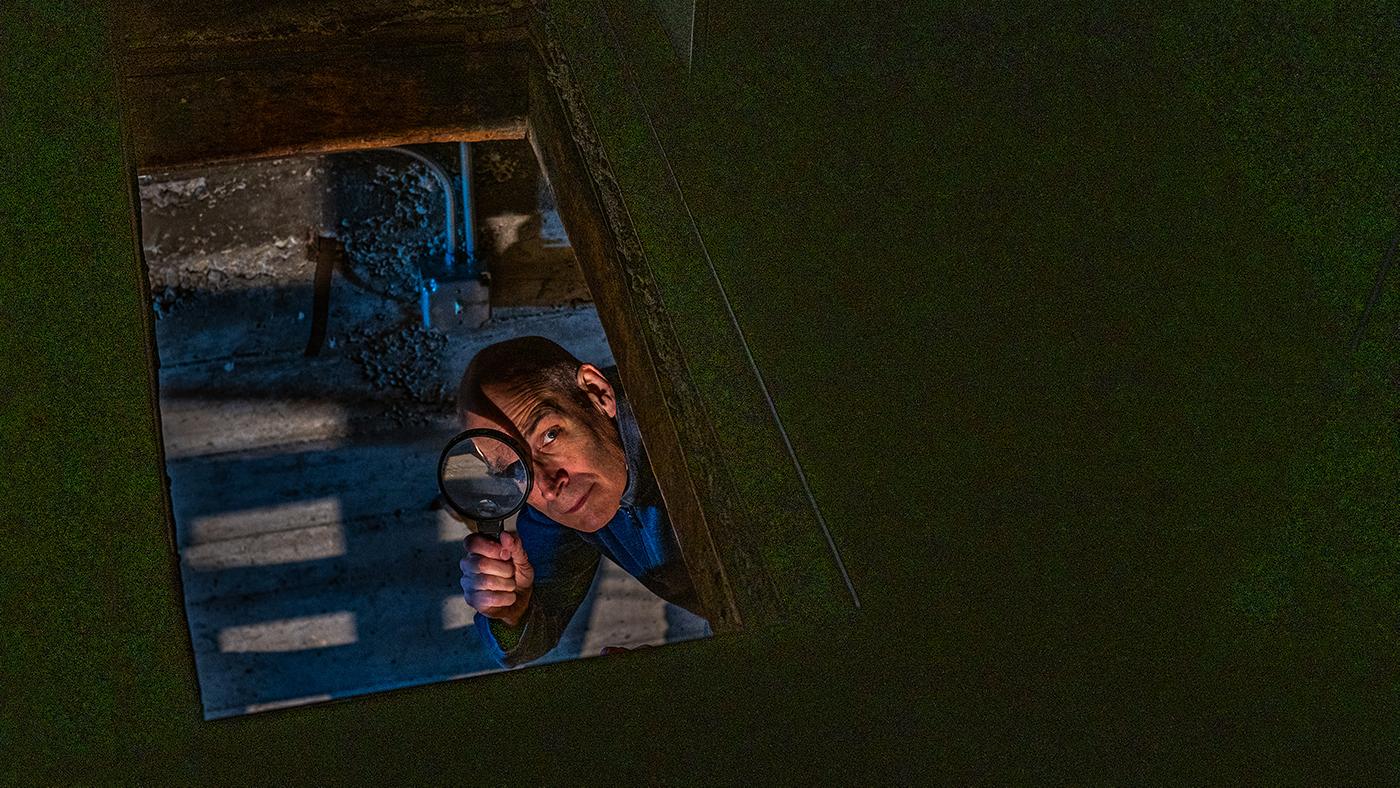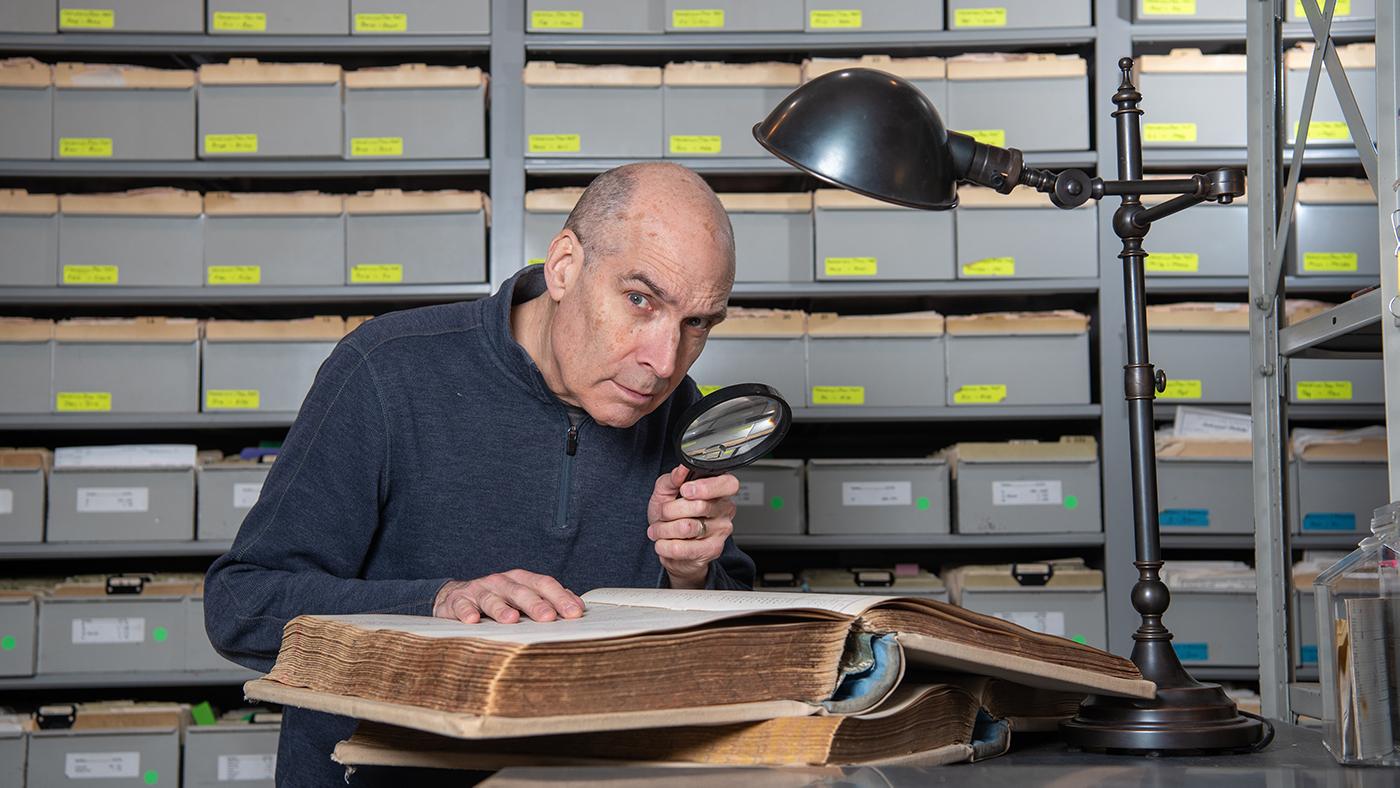The Chicago Symphony Orchestra's Home and the Prominent Chicago Architects Who Shaped It
Daniel Hautzinger
November 4, 2022

Last month, the New York Philharmonic’s David Geffen Hall at Lincoln Center reopened to great fanfare after a $550 million redesign of its interior in order to fix its ever-troublesome acoustics and experience. Tonight at 9:00 pm, Great Performances broadcasts one of the Philharmonic’s first concerts in the renovated space, a program of Beethoven’s Ninth Symphony and a world premiere by Angélica Negrón conducted by music director Jaap van Zweden. (It will be available to stream.)
The New York Philharmonic may be the country’s oldest orchestra, but the Chicago Symphony Orchestra’s Orchestra Hall is a much older venue than the Philharmonic’s current home, which opened in 1962.
The CSO performed at the Auditorium Theatre for much of its first fourteen years, but that landmark was too large, and founding music director Theodore Thomas dreamed of a venue that the CSO could call its own. Thomas saw the plan for such a venue come to fruition, but just barely: he led Orchestra Hall’s dedicatory concert on December 14, 1904, conducted the orchestra for the last time on Christmas Eve, and died of pneumonia on January 4.
Orchestra Hall was designed by the architect, civic leader, and CSO trustee Daniel Burnham. It stands on Michigan Avenue next to his Railway Exchange Building, also completed in 1904, and the inscription of five composers in a limestone band above the grand second floor windows echoes the list of artists on the facade of the Art Institute of Chicago across the street. (The composers are Bach, Mozart, Beethoven, Schubert and Wagner. According to the CSO, Burnham initially included Brahms instead of Schubert, but Brahms was considered too contemporary, having only died several years earlier.)
Burnham was just the first prominent Chicago architect to shape Orchestra Hall. His son led an interior redecoration in 1950, while Harry Weese was in charge of a much more extensive renovation in 1966. (Weese also restored the Auditorium Theatre around the same time.) Skidmore, Owings & Merrill (now SOM) worked with the CSO twice: first, for a renovation in the 1980s, and then on the plan for Symphony Center, which is the most recent renovation of Orchestra Hall. The Chicago-based acousticians Kirkegaard Associates also worked on the latter redesign, which added the terrace seating behind the orchestra and the acoustic canopy above the stage, among other things.
Symphony Center comprises not just the original Burnham Orchestra Hall building but also administrative offices in the 1904 Chapin & Gore building around the corner on Adams Street and a glass-topped rotunda connecting the two structures. Once again, the inauguration of a new space coincided with the death of a dear conductor. Symphony Center opened on October 4, 1997, just a month after the death of Georg Solti, who had led the orchestra from 1969 through 1991.







